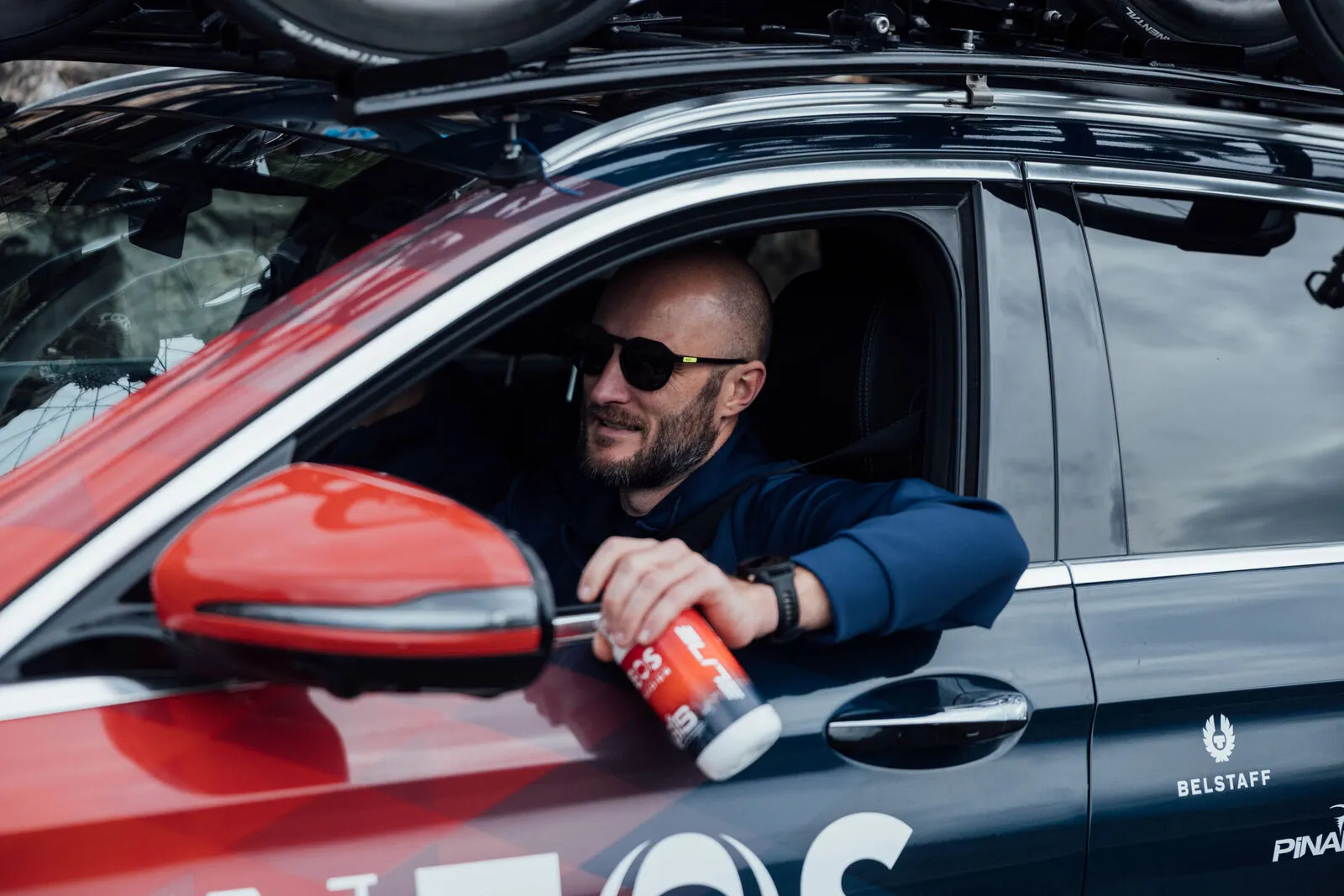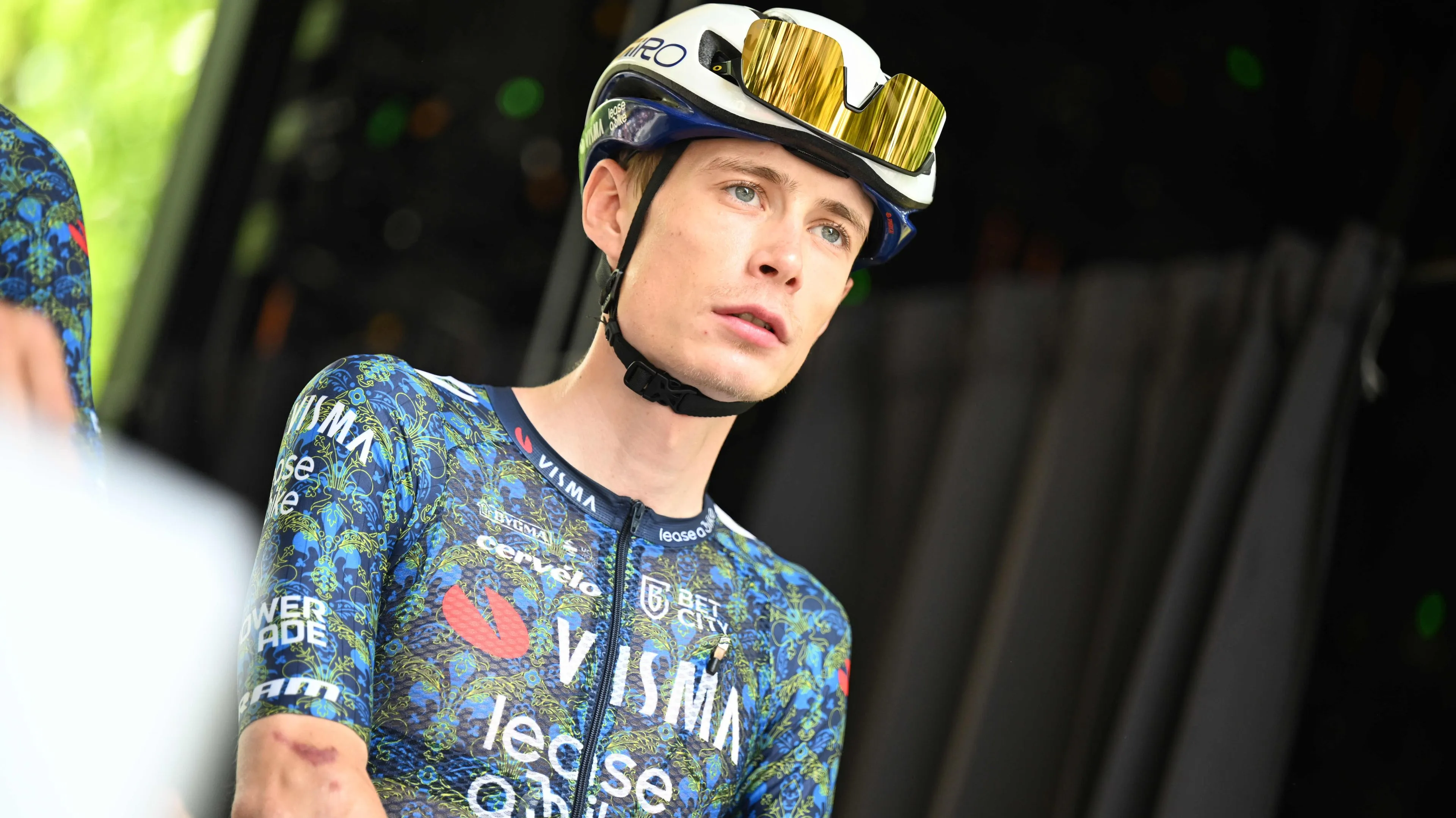Hardly anyone was as beloved as he was: cycling loses an absolute icon with Rigoberto Urán
CyclingThursday, 07 November 2024 at 17:28
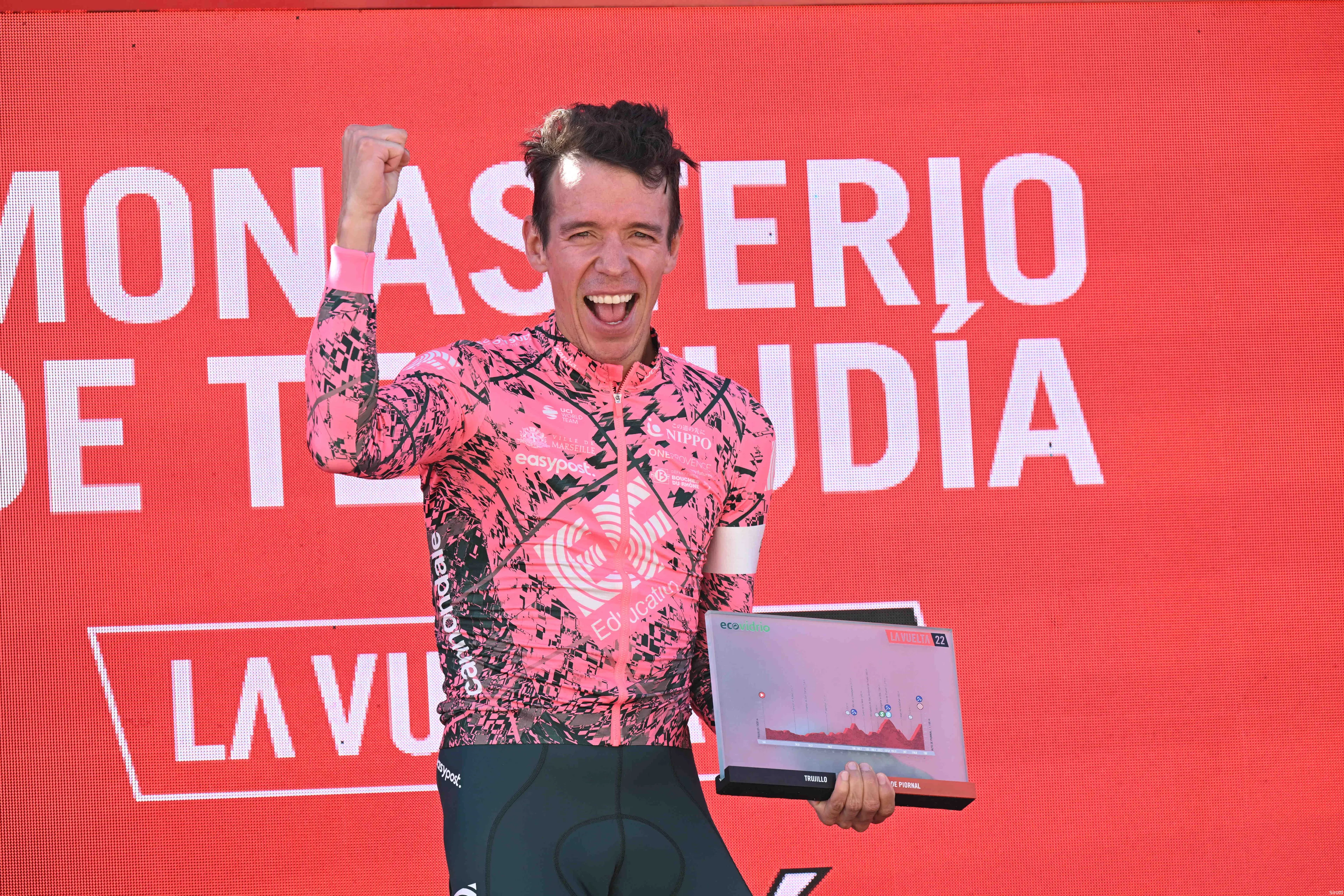
2025 is approaching, which means that for many riders, the professional cycling book will be truly closed, likewise for Rigoberto Urán, perhaps the most beloved and colorful pensionado of 2024. Something always happened when Rigo was around. IDLProCycling.com offers one last look at the Colombian's career, with many highlights.
Urán's cycling career does not fit well into chronology. The Colombian had a dazzling start, experienced many anonymous periods between high peaks, and became an icon in cycling. Occasionally, he looked dazed, sometimes perhaps to the extreme. He didn't seem to care. Urán was a dreamer, portrayed as a happy cyclist. He threw away an Olympic title on the finish line and won a Tour stage on a one-gear. Nothing about his career was truly ordinary.
Whatever you can say about Urán, cyclists were rarely more popular than him. Less than a week ago, more than ten thousand Colombians, for whom the 37-year-old rider symbolized cheerfulness and perseverance, said goodbye to their hero. Streets filled up for the last Giro de Rigo. Aside from cycling, Urán was an inspiring human being for many years, and his achievements on the bike will probably remain with him even more.
Read more below the photo.
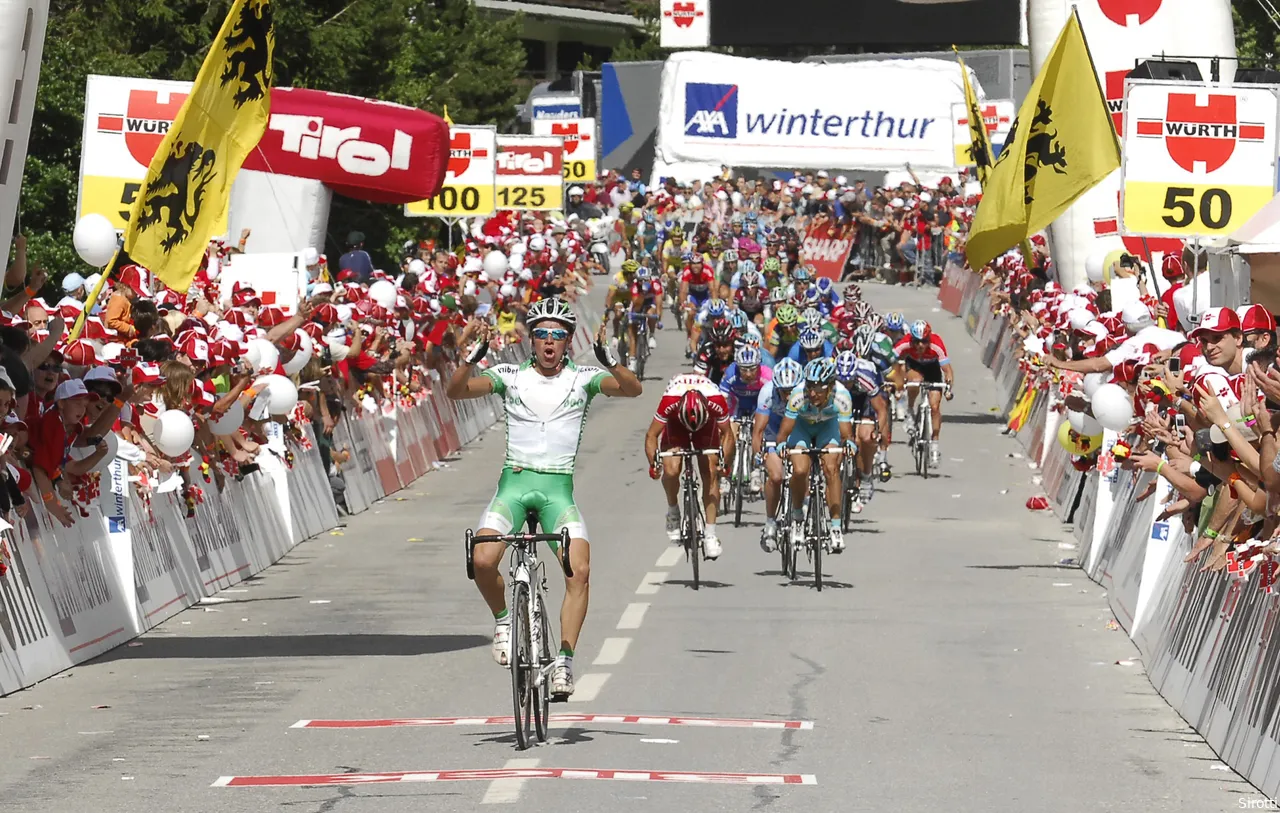
In the darkest times of cycling, Urán already celebrated his first successes as a pro.
20-year-old Urán did what current top riders do: Colombian invaded top between Schleck, Cunego and Klöden
What is the similarity between Laurens ten Dam and Rigoberto Urán? They both raced in a distant, dark past for the insignificant Unibet.com. In 2007, both men did so well serving the small team that Ten Dam earned a transfer to Rabobank, and Urán moved to Caisse d'Epargne, Alejandro Valverde's team, the following year. In the 2007 Tour of Switzerland, Colombians showed their talent for the first time.
On stage eight, Urán took off and seemed an easy prey for the depleted peloton. As it turns out, nothing could be further from the truth; the rookie in white-green boldly stays ahead of the pack. Just behind him, Fränk Schleck, Andreas Klöden, and Damiano Cunego, among others, finish two seconds behind. In a peloton loaded with doping sinners, Urán triumphed at a then-unseen young age. It shows how long Colombians have lasted at the top of cycling. He finished ninth overall in Switzerland.
Urán wrote results in his name in the following years, which he will keep doing throughout his career. They are not many, but they are unique. In 2008, he almost won the Tour of Catalonia and finished on the podium in the Tour of Lombardy. In that Monument, he again finds Cunego ahead of him. His transfer to Team Sky almost earned the time trialist with long, brown hair nearly the white jersey at the 2011 Tour. An off day on the Galibier puts a line through that ambition.
Read more below the photo.

The ever-uncomfortable stage of the 2012 London Olympics
London 2012 forever an awkward Urán chapter, but is that justified?
Urán grows into a GC rider the following year. He wins the white jersey at the Giro and finishes seventh overall in the edition for which Ryder Hesjedal takes credit. Later that summer, Urán became a superstar when he broke away with Alexandre Vinokurov in the final of the Olympics. What happens next right in front of Buckingham Palace is beyond belief for anyone.
In the last three hundred meters, Urán looks back for seconds to see where the peloton is—so long that it is a breeze for his Kazakh breakaway companion to escape. The damage is done; the silver remains for the Colombian. It smells—no, it stinks of some type of impure coffee. Did Urán strike a bargain with Vinokurov in the finale?
Whatever the truth, we will probably never know. The fact remains that Urán, who grew up in criminal and poor conditions in his homeland and had to sell lottery tickets on the streets after his father's violent death to stay alive, understood all too well the importance of money. The fact that Vinokurov was also in the news with a suspicion of having bribed Alexander Kolobnev does not help dispel London's suspicions. That July 31, 2012, will forever remain a cloud over Urán's career.
Read more below the video
Urán the GC rider: in the shadow of Froome, Nibali and Quintana he came close to overall victories in grand tours
With the Olympics behind him, from then on, Urán peaked mainly in the grand tours. In 2013, in the shadow of Bradley Wiggins, who was slowly kicked out of Sky, he started again in the Giro. It goes surprisingly well. Although Vincenzo Nibali proves untouchable that edition, Urán wins a mountain stage splendidly and may join the podium after three weeks of cold weather. A great sign, it seems. The following year, he wastes perhaps his most fantastic opportunity to take home an overall victory in a three-week stage.
He starts the 2014 Giro with full power. His biggest rival in that Tour, compatriot Nairo Quintana, is not yet in great shape, and the time trial he won puts Urán in a comfortable position. He takes the pink and enters the final week with a solid lead. Until, on the snow stage to Vall Martello on the descent of the Stelvio, he is afraid to jump with the departed Quintana. Urán becomes chilled by the conditions in Italy and loses his jersey to the eventual winner.
In 2017, Urán came even closer. That year's Tour is surprisingly exciting. Chris Froome is less dominant, and only on the final Saturday does he settle the Tour ahead of the good-humored South American, who until then was anonymously in second place about twenty seconds behind the Brit—Anonymous, except during stage nine. In the streets of Chambéry, Urán worriedly fiddled with his derailleur. His gear is ruined, so he positions himself at the back of the elite group. Indeed, the remaining six men will sprint for the day's victory after a monstrous climbing stage over Mont du Chat.
From the back, Urán comes up in his mega-acceleration, acting as one-gear. Warren Barguil thinks he can catch up to him, but that thought proves false. The Cannondale leader wins the turbulent stage. He was winning a sprint on one gear. That, too, was the quirky Urán. Then again, between the second places in the Giro and the Tour were two more anonymous seasons in which Urán hardly competed with the top. It made his peaks all the more striking. People wondered where his talent had gotten stuck on earth in his lesser periods.
Read more below the photo.

Jokes, antics, laughter, and dancing: Rigobert Urán leaves behind much more than great results
In addition to the highlights above, Urán accumulated many places of honor and great GCs. Three times podium in Lombardy. Another six times top ten in a major tour and a stage win every three-week race. A truckload of other top-ten finishes in smaller tours. Years of service for top teams like Omega-Pharma Quick-Step, Sky, Caisse d'Epargne, and Cannondale. Urán belonged to the cycling world, especially in recent years when performances declined slightly.
Beyond the superb performances on the bicycle of steel, there was always that other side of Urán. A member of a generation that included Quintana, Carlos Betancur, and Esteban Chaves, he was nevertheless always the most popular cyclist in Colombia. And that is not incomprehensible. He appeared at events dressed as Mick Jagger, whom he looked suspiciously like anyway. Made fun of others during stage ceremonies. And always walked or rode around with that endearing smile. Slowly, Urán became a rock star in the peloton, a remarkable figure everyone looked up to in some way.
Over the years, hopes for top results certainly didn't disappear. However, they became increasingly less so. A particular highlight followed in the 2022 Vuelta, where Urán beat Quinten Pacher and Jesus Herrada in the uphill sprint. Thus, he completed the trilogy of stage victories in grand tours in his later years. After this, Urán found it hard to admit that his time in cycling was pretty much over. Urán was cycling, partly Urán.
Rigoberto Urán's career unfolded nicely. Cycling fans were lucky that he remained active in the peloton for a long time. All the best for the future, Rigo! We enjoyed you.
Read also
IDL-productions

Tadej Pogacar worried about teammate before and during Flèche Wallonne: "Then I heard he had crashed…"

Favorites stage 4 Tour of the Alps 2025 | 4 stars, but whoever wants to challenge Storer's lead, has to start early
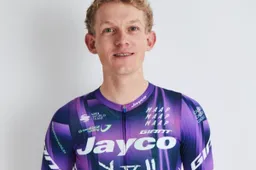
After Schmid, Bouwman's knee also a victim of Jayco-AlUla equipment: "The team will need to learn a lesson from that"
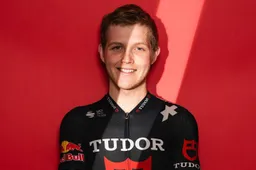
We can no longer ignore Storer for the Giro, after another brilliant ride: "We expect big things from him"
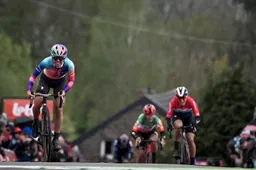
Preview La Flèche Wallonne 2025 - women | Vollering, Kopecky, Niewiadoma, and of course seven-time winner Van der Breggen!
Latest Cycling News

‘The Italian Wout van Aert’ stuns with wild solo ride: “These Giro-style climbs suit me perfectly”

Annemiek van Vleuten’s inspiring message to Puck Pieterse revealed

Tadej Pogacar worried about teammate before and during Flèche Wallonne: "Then I heard he had crashed…"

Flèche Wallonne turns into a nightmare for Maxim Van Gils after Amstel crash: "I’ve never felt pain like this"

Favorites stage 4 Tour of the Alps 2025 | 4 stars, but whoever wants to challenge Storer's lead, has to start early
Popular Cycling News

Pogacar responds to Soudal complaints: "Domen Novak had already set the pace for 150 km"

Johan Bruyneel: "We are seeing these phenomenal riders, and I have said it a few times, I think they are their own worst enemy"

After Schmid, Bouwman's knee also a victim of Jayco-AlUla equipment: "The team will need to learn a lesson from that"
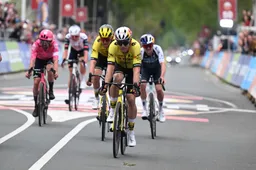
Visma | Lease a Bike dismisses Giro rumors about strong climbing van Aert as pure speculation
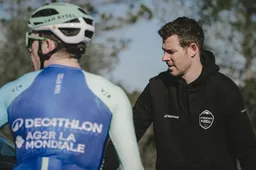
Team director shares bizarre story with Geraint Thomas about Amstel Gold Race: "Had to hide the team car from the Jury"
Latest Comments
- Such negative comments that are truly inappropriate and actually ridiculous. He sounds like an old man, bitter that he can't race anymore. Why can't he just be gracious? Or just shut up. Instead of howling for attention, in such a rude manner. Must be Dementia creeping in. We are all living in the Now. Records are there, and some are being broken, some are unapproachable. If he doesn't like it, and it makes him sick, maybe he ought start watching some other sport. Don't want the old mans health to be upset.
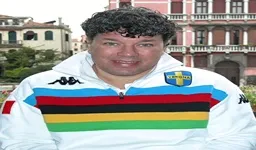 reemmo031-03-2025
reemmo031-03-2025 - Roger De Vlaeminck inspires me to create a new beer: "Bitter Old Twat Belgian".JackInhof31-03-2025
- Shoot, I'll ride it for 1/10 of what his pay for that day is😅Veganpotter30-03-2025
- What is this? The Lance Armstrong daily cheaters channel? I could care less about Johan and Lance the seven times cheater. Greg Lemond was right all along, Why don't you write about that instead of these two knuckleheads.velodrone28-03-2025
- Are we all doomed to hear from Lance Armstrong and Johan bruneel until the end of time? It's not enough the stain they left on cycling? Do we have to see that shadow forever?bigyakman26-03-2025
- I am not sure if it is the hardest to win. In Flanders and Roubaix well before the finish the Peleton will be decimated and the race will normally be won by the best rider of the day or maybe 2nd or 3rd in case of a mechanical or unlucky break especially in case of Roubaix. In San Remo just before the finish there will still be several riders in contention and they are hard to ditch. For the best riders it is a race hard to win since it is not so selective. But if you are not a top 5 rider but still a top 10 rider this race is your best change to win. You will see more Milan San remo Winners with only 1 monument win than any other monumentsJoostmehrtens19-03-2025
- "fap fap fap oh Lance oh oh OHHHHHHH" again. Does he pay you to dredge up people with nice things to say about him? He was an giant a$$hole to people. It is a fact. Whatever his contrition about the doping, he is unapologetic about being a giant a$$hole to people. (Why yes, I do only login to complain. *I* am however only a giant a$$hole to people who laud giant a$$holes.)ericjensenridesbikes25-02-2025
- Remco is still very young. And injuries can absolutely keep you from overdoing it and getting worse. The recent Remco accident didn't keep him from being able to ride a recumbent inside. Wout's knee is a different story thoughVeganpotter23-01-2025
- Van der Poel style is winning by a half a lap and leading the race from the end of the second lap.
 Barnes127420-01-2025
Barnes127420-01-2025 - If she thinks talent alone will put her there she will not see many podium finishes much less a GC finish.....work as a team utilizing tactics to consistently be at the top.Germanrazor10-01-2025

